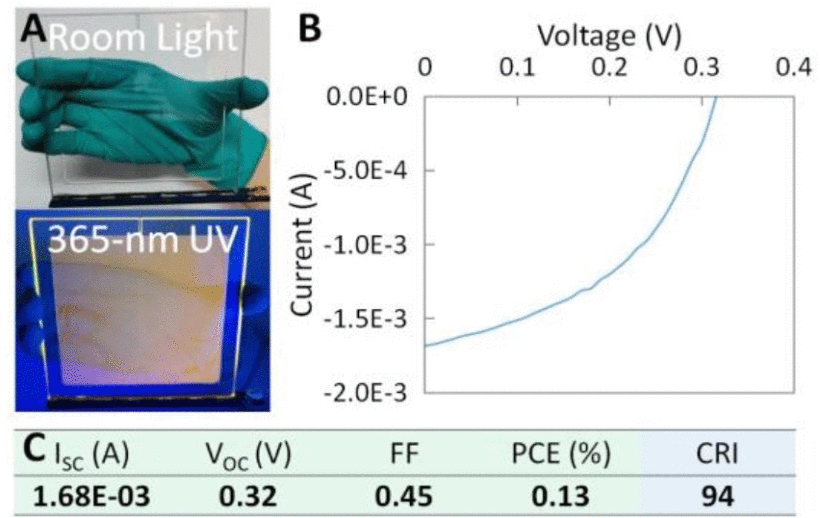Chang-Ching Tu, Shanshan Han, Guo Chen, Wenzhao Yang, Hao-Chung Kuo
In 2022 IEEE Silicon Nanoelectronics Workshop (SNW), pp. 1-2 (2022) —Published in September 2022
ABSTRACT
Since the demonstration of visible photoluminescence (PL) emitted from porous silicon in 1990s [1], silicon quantum dots (SiQDs) have drawn much attention due to its plentiful earth abundance, exceptional biocompatibility, versatile surface chemistry and high PL quantum yield (PLQY). Compared to conventional II-VI or III-V QDs and organic dyes, the SiQDs are free of heavy metal toxicity and much less susceptible to photobleaching. In addition to the advantages described above, in this wok we focus on another two unique optical properties of SiQDs, namely large Stokes shift and long PL lifetime. In addition to the quasi-direct bandgap and bandgap enlargement due to the quantum confinement effect, the PL process of the SiQDs also involves radiative recombination between oxygen related surface defect states [2]. As a result, nearly all SiQDs reported in literature are characterized by a strong Fourier-transform infrared (FTIR) absorption peak (950–1250 cm-1) due to the Si-O-Si bond and relatively long PL lifetimes (typically 20–40 μs). On the other hand, the light absorption property of the SiQDs remains similar to the bulk silicon, with the primary absorption lies in the ultraviolet (UV) range and negligible absorption in the visible range.

